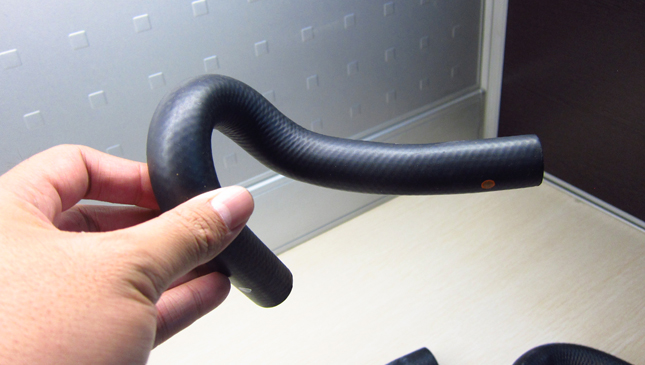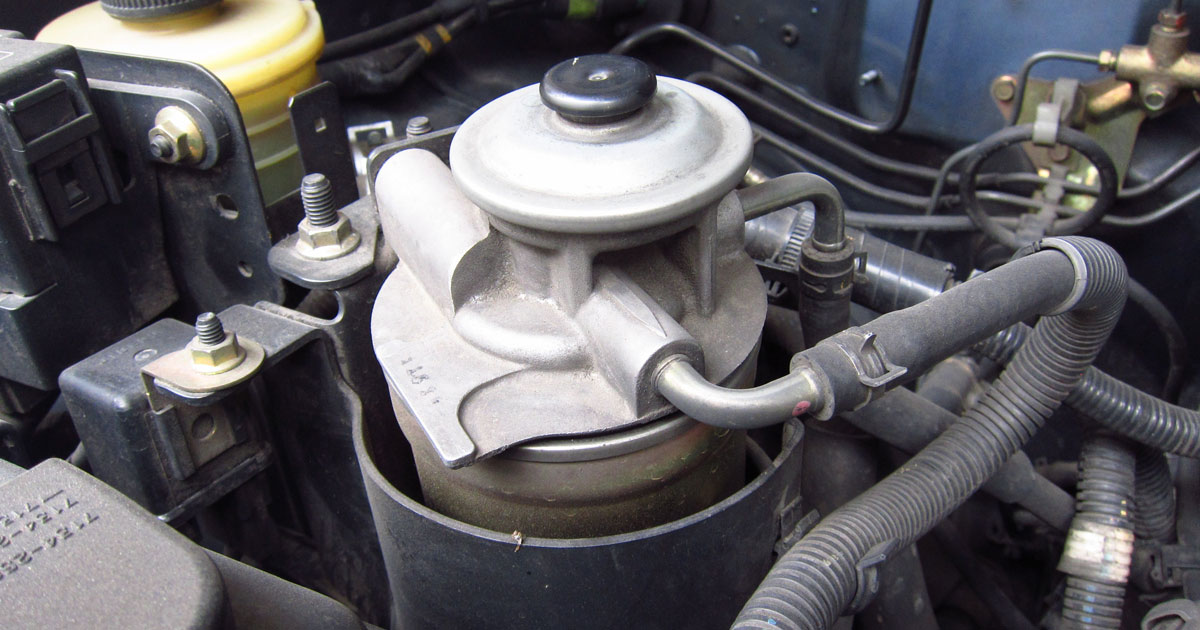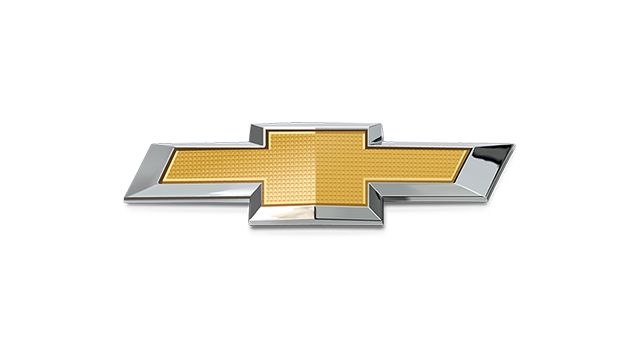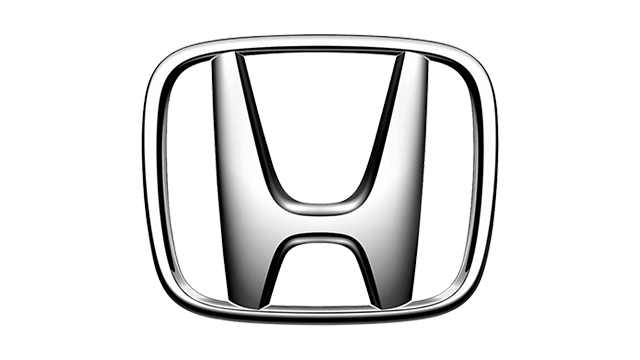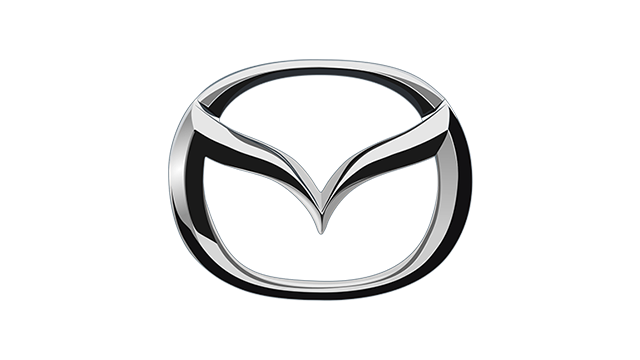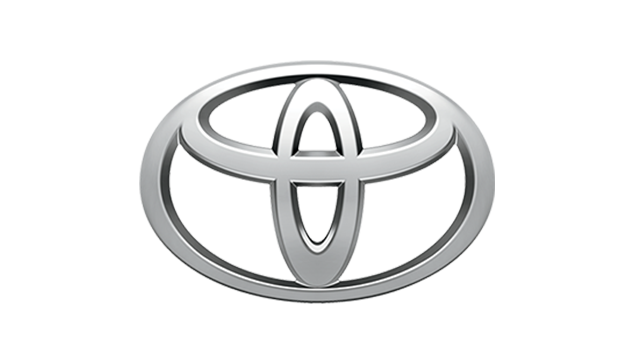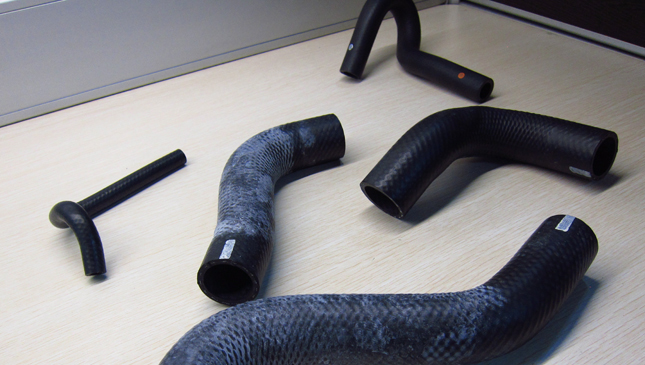
Knowing your car intimately will help prolong its life. Be aware of wear items like belts and hoses. These components are often overlooked and if they fail, you will be left stranded by the side of the road. These parts don’t last forever, so keep monitoring them.
Difficulty level
Medium. Depending on the car and engine, access might be difficult. You will get your hands dirty, for sure.
Things to check
Locate all of the hoses before you begin the work. There’s a chance that there might be one hiding somewhere that isn’t visible. The Internet is a great resource.
The gear
Eye protection, working gloves, plastic container to catch old coolant, screwdriver of the proper size, trouble light.
Extra tips
-If you can’t find the exact hose that you need, other brands might have it. Find one that matches the sizes and the bends.
-Do not throw old hoses away. You can use them as reference when when you need to source another one.
-Never remove the radiator cap when the engine is hot.
Here’s how to monitor and replace coolant hoses:
1) Locate them all
Whenever you take your car in for an oil change, it’s a good idea to check the condition of all of the coolant hoses. It’s fairly easy. Give them a slight squeeze. If they feel super soft and mushy (or crunchy), it’s time for replacement. Same goes for if they feel hard and brittle. A good hose is pliant and springy
2)Are any hoses swollen?
Look closely at the areas near the clamps. If the hose has ballooned a bit, it’s also time to replace it. Study the engine. Are the hoses located close to any heat sources like the exhaust manifold? If so, these are likely to age faster. Look out for small cracks, and tiny leaks.
3) Don’t take any chances
Never wait for a hose to fail. This will leave stranded because the engine will surely reach critical temperature and be damaged by an overheat. There’s no true lifespan for a hose. You have to monitor these things closely.
4) Replace with care
When it is time to replace the hoses, make sure that the engine has cooled down for a bit. You might scald your hands on hot metal components. The actual coolant is super hot, too. Drain it from the radiator drain plug first. Be carefully when pulling the hose free from the engine or radiator. Don’t break anything.
